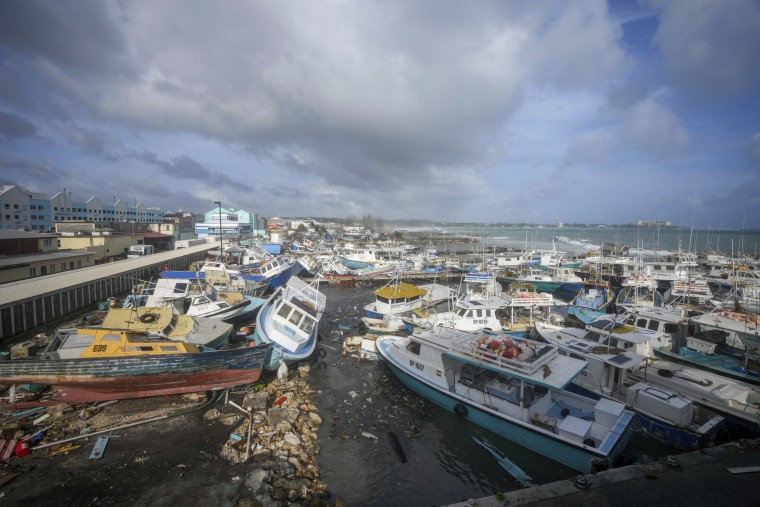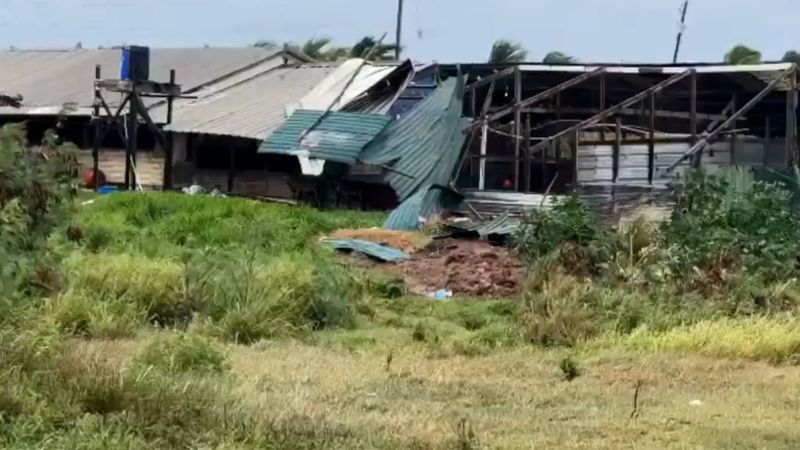
Hurricane Beryl, the earliest Category 5 Atlantic hurricane on record, made landfall on Grenada's Carriacou Island on July 1, 2024, bringing devastating winds and heavy rain to the Windward Islands. The storm had strengthened from a tropical depression to a Category 4 hurricane in just two days due to record-warm waters.
The impact of Hurricane Beryl was felt across the region, with Grenada reporting at least three fatalities and significant damage to infrastructure. Prime Minister Dickon Mitchell stated that there were many downed power lines and roads that were not passable due to debris. In St. Vincent and the Grenadines, one person was reported dead, and parts of the country had no water or electricity.
Hurricane Beryl continued its path toward Jamaica, with Prime Minister Andrew Holness urging residents to prepare for hurricane conditions expected in 36 hours or less. The National Hurricane Center issued a hurricane warning for parts of the Dominican Republic through Haiti and tropical storm warnings for the southeastern Bahamas and Cuba.
The storm's intensity was attributed to La Niña weather pattern, which can lead to stronger hurricanes due to cooler waters in the Pacific Ocean. Wind shear, however, could impact Hurricane Beryl's strength as it moves toward Mexico's Yucatan Peninsula and potentially the Gulf Coast of Texas or Louisiana.
Despite the devastation caused by Hurricane Beryl, it is important to note that sources may have biases that could influence their reporting. It is crucial to consider multiple sources and perspectives when gathering information for a complete and unbiased article.








